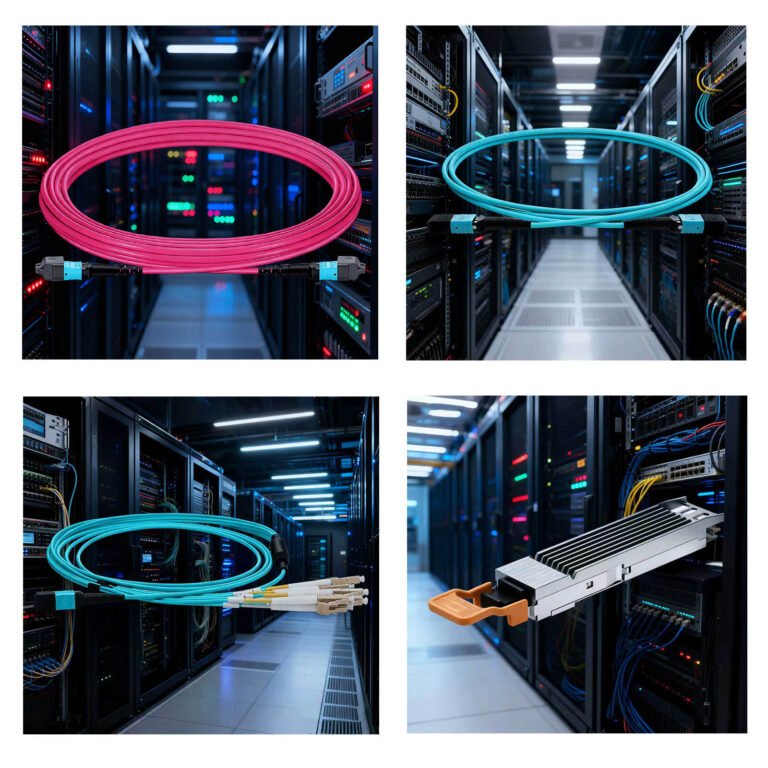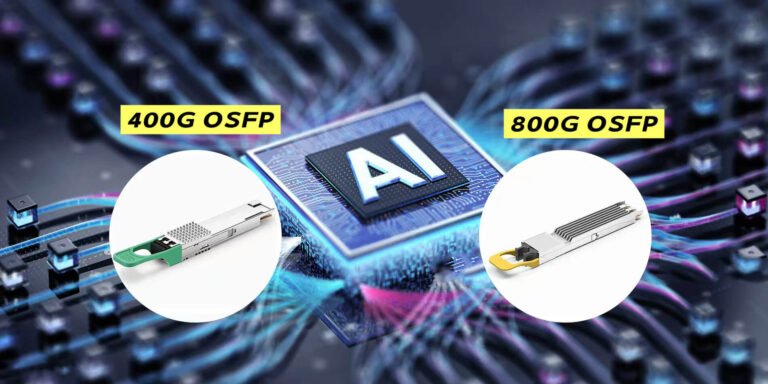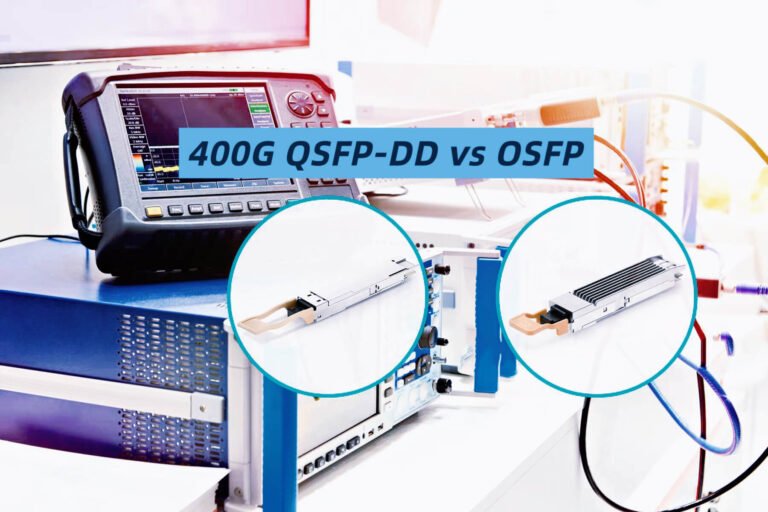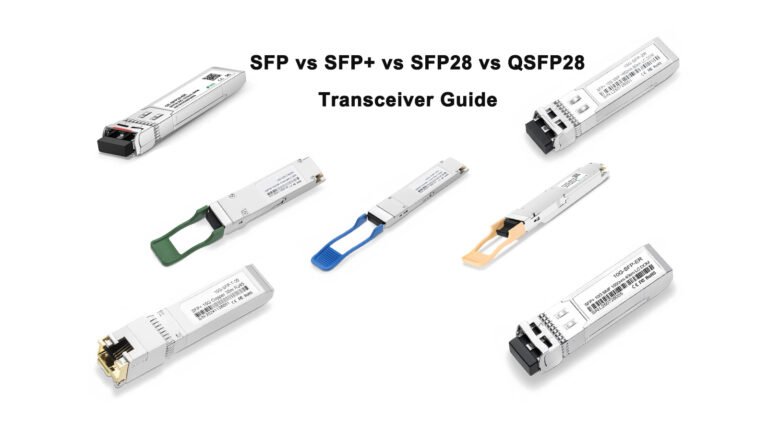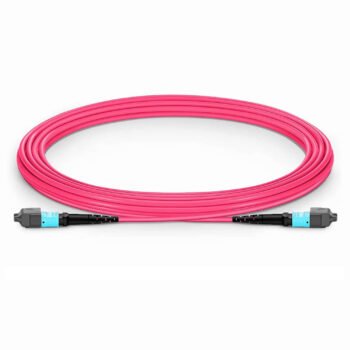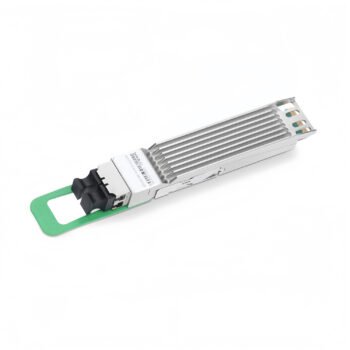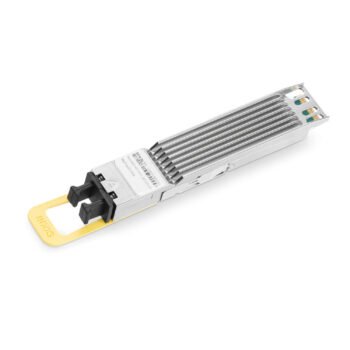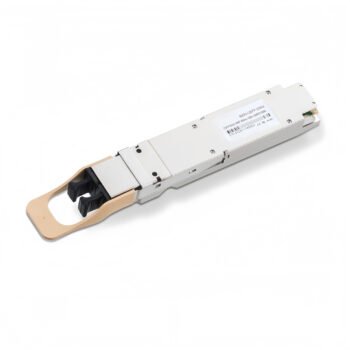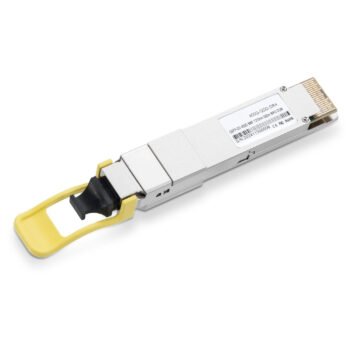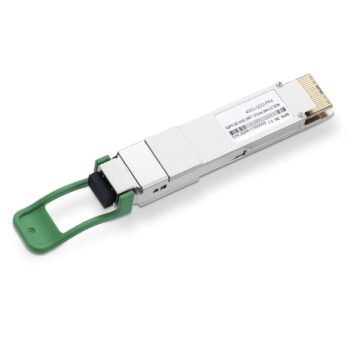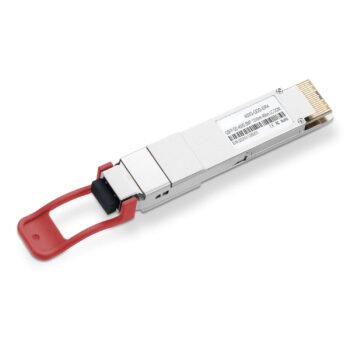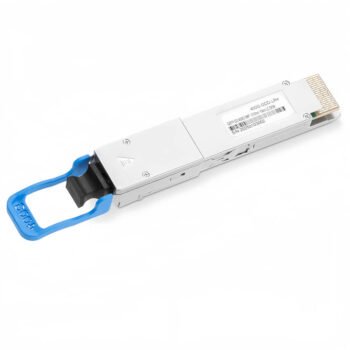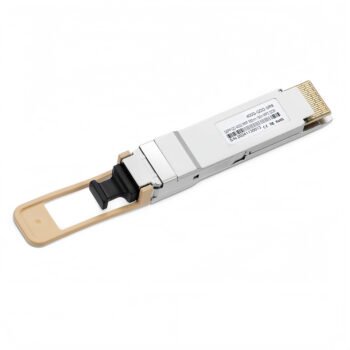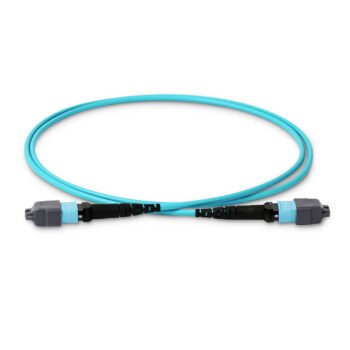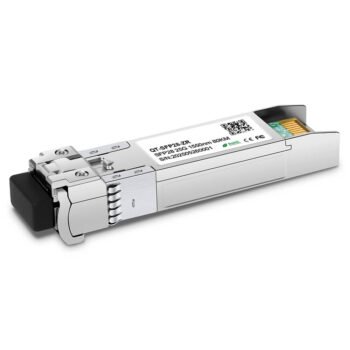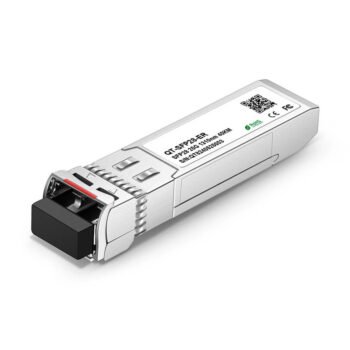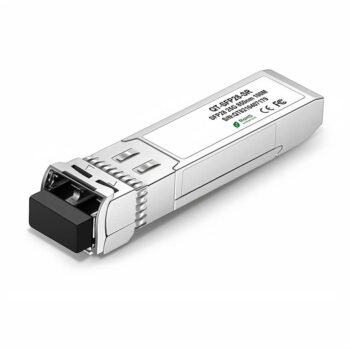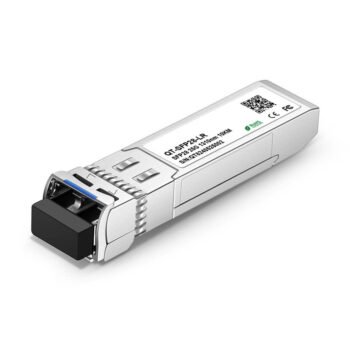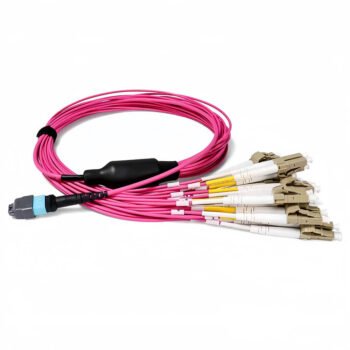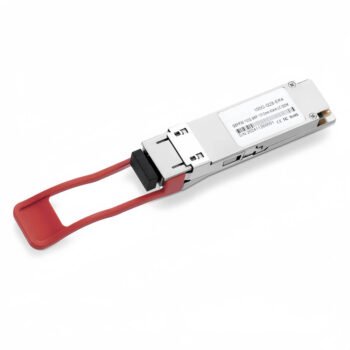What is the Difference Between MTP/MPO Trunk Cables and Breakout Cables?

In today’s data-driven world, high-density fiber optic cabling is the foundation of every data center, cloud facility, and enterprise campus network. As bandwidth demands skyrocket with 100G, 400G, and even 800G applications, structured cabling systems must evolve to deliver scalability, low-loss performance, and fast deployment. Among the most common solutions are MTP/MPO trunk cables and MTP/MPO breakout cables.
Although they look similar at first glance — both using multi-fiber push-on (MPO/MTP) connectors — their design, purpose, and deployment strategies differ significantly. Understanding these differences helps network planners avoid costly mistakes and optimize cable plant investment for long-term growth.
This guide provides a deep dive into:
- What is an MTP/MPO trunk cable?
- What is an MTP/MPO breakout cable?
- MTP/MPO trunk vs breakout cables: what’s the difference?
- Functions and use cases of each cable type.
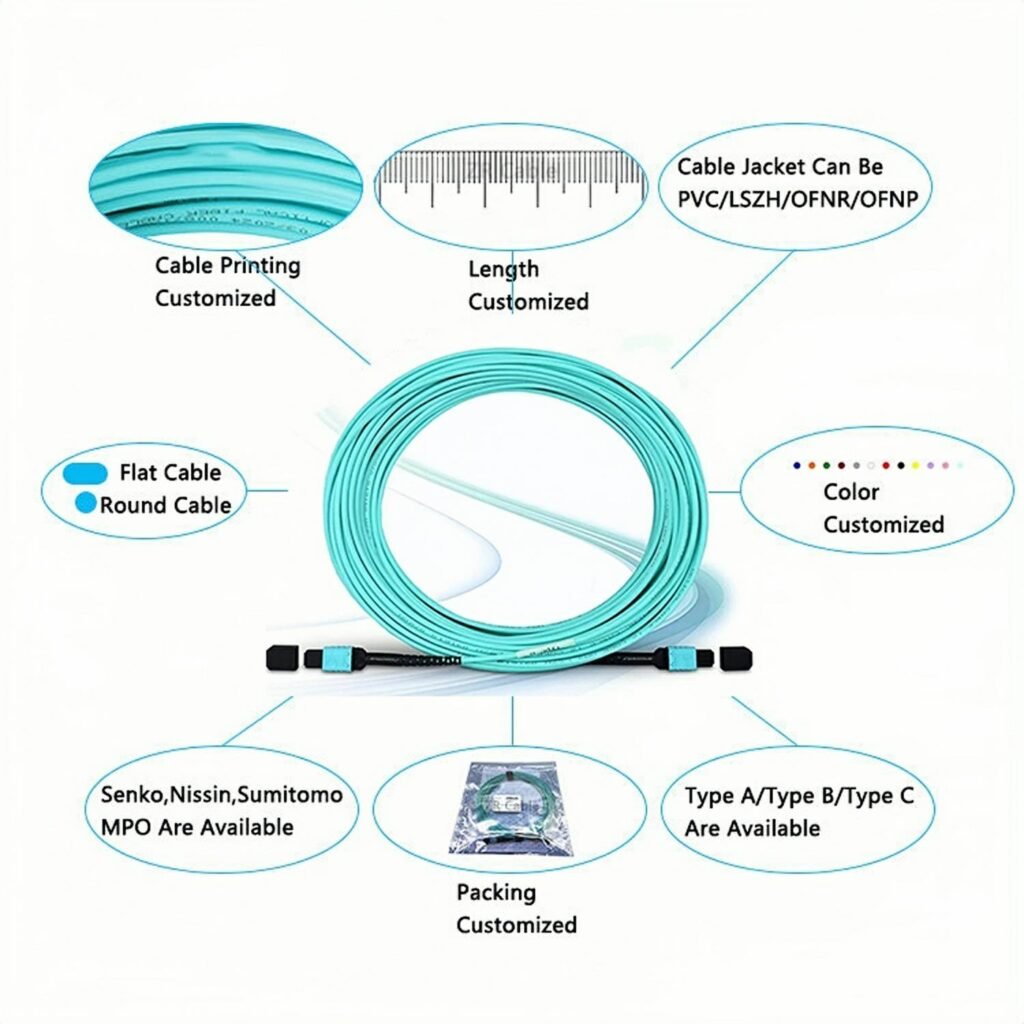
What is MTP/MPO Trunk Cables?
MTP/MPO trunk cables are pre-terminated, high-density fiber optic cables designed to aggregate multiple fibers into a single compact connection. They form the backbone of structured cabling systems, linking main distribution areas (MDA) with horizontal distribution areas (HDA) in data centers.
According to Cisco1, MPO-based trunks are essential for structured cabling topologies that scale seamlessly with data center growth.
Key Features of Trunk Cables
- High Fiber Count: Available from 12, 24, 48, 72, 96, and up to 144 fibers in one trunk.
- Compact Form Factor: Use MTP/MPO connectors, which can terminate 12 or 24 fibers in a single ferrule.
- Factory Pre-terminated: Polished and tested in controlled environments, ensuring low insertion loss (IL) and high return loss (RL).
- Plug-and-Play: Enable rapid deployment without field splicing, reducing installation costs.
Applications
- Data center backbone connections.
- Spine-leaf architectures for 40G/100G/400G interconnects.
- Parallel optics transmission, e.g., 8 lanes × 25G = 200G.
- Aggregation links between central patch panels.

What is MTP/MPO Breakout Cables?
MTP/MPO breakout cables (also called fan-out cables) convert a high-density MTP/MPO connector into multiple duplex connectors like LC, SC, or even smaller SN/CS types. Instead of aggregating fibers, they “break out” individual lanes for device connections.
As explained by FS.com2, breakout assemblies are widely used in 40G/100G to 10G/25G migration scenarios.
Key Features of Breakout Cables
- Lane Conversion: Typically 1×12-fiber MPO to 6×LC duplex, or 1×24-fiber MPO to 12×LC duplex.
- High Compatibility: Connect QSFP transceivers (MTP/MPO) to SFP+/SFP28/LC-based devices.
- Flexible Lengths: Available in custom lengths from 1 m to 100 m.
- Factory Terminated: Just like trunks, they are tested for IL/RL before shipment.
Applications
- Connecting QSFP+ 40G transceivers (MTP/MPO) to 10G SFP+ ports (LC).
- Connecting QSFP28 100G transceivers to 4×25G server NICs.
- Migration paths (40G → 10G, 100G → 25G).
- Direct switch-to-server connections in leaf-spine architectures.
MTP/MPO Trunk Cables vs Breakout Cables: What’s the Difference?
Although both use MTP/MPO technology, their roles differ. Below is a detailed comparison.
| Attribute | MTP/MPO Trunk Cable | MTP/MPO Breakout Cable |
|---|---|---|
| Purpose | Backbone aggregation | Lane breakout / device connectivity |
| Connector type | MPO to MPO | MPO to LC/SC/SN (or other duplex) |
| Fiber count | 12, 24, 48, up to 144 | 12/24 to multiple duplex connectors |
| Use case | Data center backbone, parallel optics | Switch-to-server, QSFP to SFP connections |
| Flexibility | Scales capacity easily | Offers device-level compatibility |
| Cost | Higher upfront (more fibers, bulk cabling) | Lower for device connections |
| Migration path | Supports 40G/100G/400G+ | 40G→10G, 100G→25G, 400G→100G |
According to IEEE 802.3 standards3, both trunk and breakout cabling must comply with optical loss budgets defined for Ethernet links (e.g., ≤1.9 dB for 100GBASE-SR4).
What are the Functions of MTP/MPO Trunk Cables and Breakout Cables?
Functions of Trunk Cables
- Backbone Infrastructure: Provide the main highway for multi-terabit traffic.
- High-Density Interconnects: Simplify cabling by reducing the number of physical cables.
- Future-Proofing: Ready for upgrades from 40G → 100G → 400G.
- Testing Simplicity: Factory-terminated, ensuring predictable optical performance.
Functions of Breakout Cables
- Device-Level Connectivity: Allow QSFP modules to connect to legacy SFP/SFP+ devices.
- Migration Support: Smooth transition between different Ethernet generations.
- Cost Optimization: Avoids expensive transceiver swaps by breaking out lanes.
- Flexibility: One MPO port can connect to multiple devices at different speeds.
Industry Trends: Trunk vs Breakout in Modern Data Centers
- Hyperscale Cloud Providers (AWS, Azure, Google): Heavy use of MTP/MPO trunk cables for parallel optics and 400G leaf-spine.
- Enterprise Data Centers: Prefer breakout cables for mixed-speed environments (100G core, 25G servers).
- Telecom Operators: Use both — trunks for long-haul DWDM backbones, breakouts for access aggregation.
- AI/ML Workloads: With NVIDIA GPU clusters, breakout cables often connect 200G/400G NICs to multiple compute nodes.
Best Practices for Choosing the Right Cable
-
Check Transceiver Type:
- QSFP+ (40G) often requires 12-fiber MPO.
- QSFP28 (100G) uses 12 or 24 fibers.
- QSFP-DD (400G) can require 24–32 fibers.
-
Plan Migration Path:
- Use trunks for scalable backbones.
- Use breakouts for flexible server connections.
-
Evaluate IL/RL Budgets:
- Ensure total channel loss ≤ IEEE 802.3 spec (e.g., ≤ 1.9 dB for 100GBASE-SR4).
-
Vendor Compatibility:
- Cisco, Arista, Juniper often whitelist transceiver IDs — test before rollout.
Conclusion
Both MTP/MPO trunk cables and breakout cables are indispensable in modern high-density cabling.
- Trunk cables form the backbone highways, aggregating fibers across data center rows and between facilities.
- Breakout cables provide the last-mile flexibility, bridging QSFP ports with multiple SFP/LC-based devices.
By understanding their structural differences, functions, and application scenarios, network engineers can design cost-effective, scalable, and future-proof infrastructures that keep pace with cloud, AI, and 5G demands.
Whether you’re planning a 400G-ready data center or migrating from 10G to 100G, choosing the right cabling strategy between trunks and breakouts is critical to long-term success.

